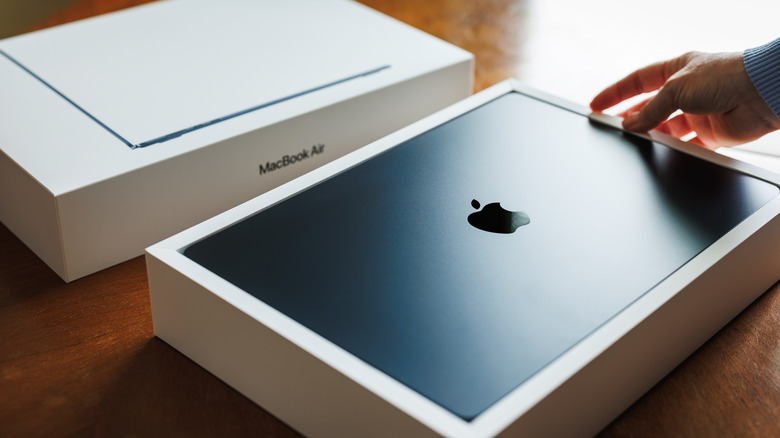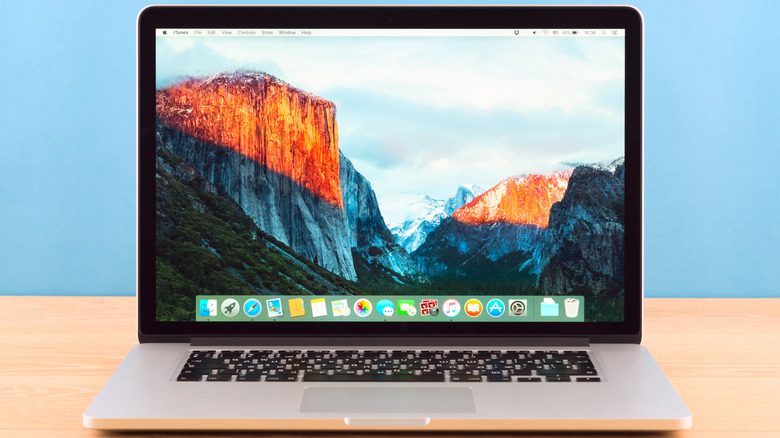What Happens To A MacBook After 7 Years? Here's What You Should Know
Nowadays, technology seems to be evolving at lightning speed. Just when you've settled into a new device, something better and more powerful pops up on the market. Apple's MacBook lineup is no different. Buying the latest model may seem like an investment at the start, but with each passing year, you'll notice that holding on to the device for too long has its drawbacks.
With Apple's yearly releases, the changes happen quite fast, and older models quickly get left behind. While there may be good reasons to consider a used MacBook for your next laptop, you need to know what happens to Apple's portable computers after some time.
If you've been using your MacBook for years, you might notice how it starts to feel behind the curve after about five years. That's because, alongside Apple's yearly releases, the company updates its categories for existing models, classifying them based on support windows for their hardware. Models that Apple stopped selling more than five but less than seven years ago are categorized as vintage.
These machines can still be serviced through Apple or authorized providers, but only for as long as replacement parts last. In case something fails and that component is no longer available, direct repairs from Apple may no longer be possible. Apple's vintage status also means the device will start slowing down because it's unlikely to receive regular macOS software updates like before.
Older MacBooks enter obsolete territory after seven years
Once Apple has stopped selling a MacBook model for seven years or more, it's officially considered obsolete. At this point, the device can no longer rely on Apple and its service providers for hardware repairs and parts altogether. As such, if you own a MacBook that's already classified as obsolete, you'll have to rely entirely on independent repair shops once the device, or a specific part, malfunctions or breaks. The only exception is the battery. Apple has an extended battery-only repair program that's good for at least 10 years after a MacBook model was last sold. However, this, too, is subject to parts availability.
Many third-party shops continue to refurbish and maintain older MacBooks with aftermarket or salvaged parts, so an obsolete Mac laptop remains usable for years. However, it's worth noting that once a MacBook becomes obsolete, it no longer receives software and security updates. This means it may have a hard time running apps with more advanced features and updates.
It will be able to handle basic tasks, like standard browsing and typing, but the outdated OS will make it vulnerable to online threats. That said, while reviving an old Mac may seem practical, it's best not to use it as a daily driver. Many owners of obsolete MacBooks get creative and repurpose them as media centers or secondary laptops, while others simply resell them to collectors or repair shops that scrap them for parts.

